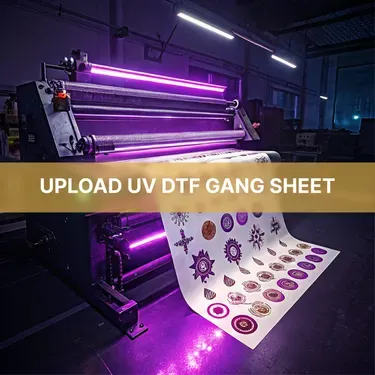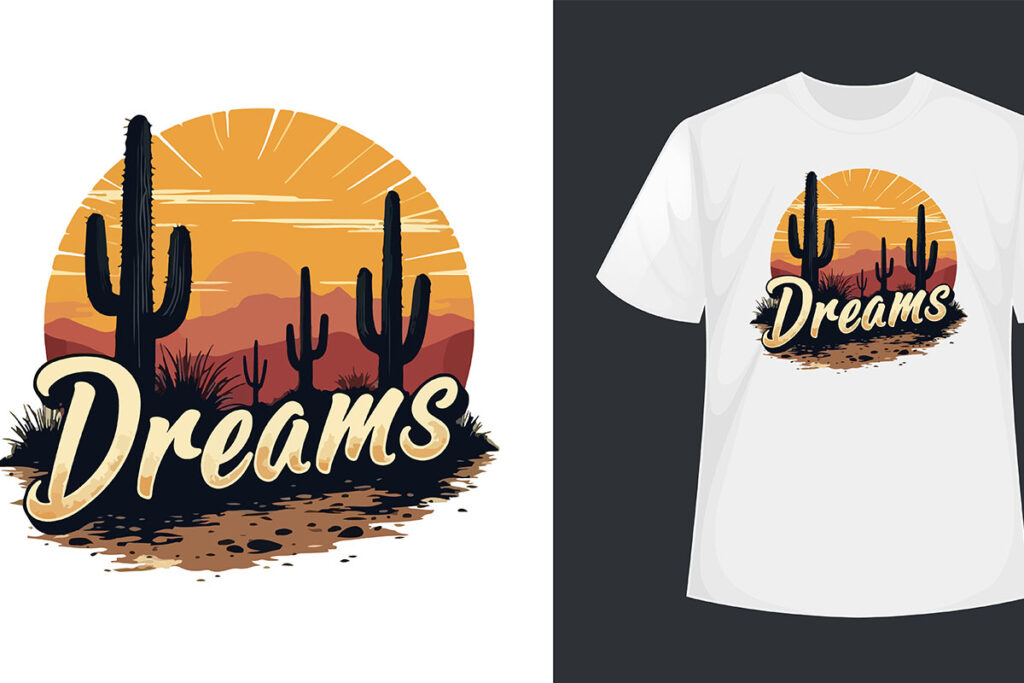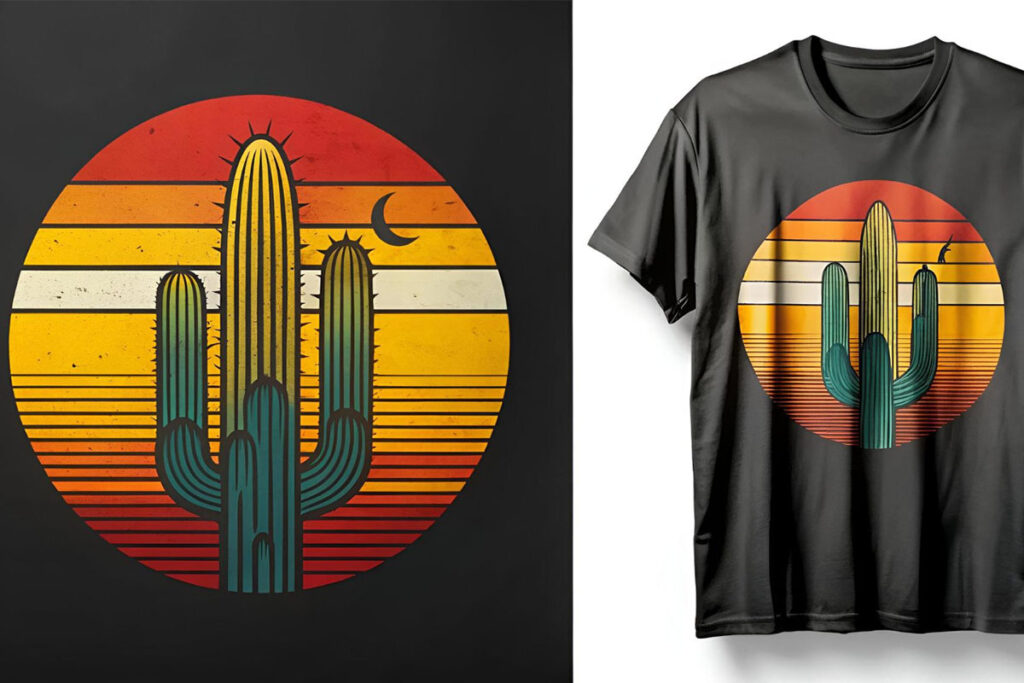Unlocking the power of **UV DTF Gangheet technology** marks a significant leap in the printing landscape, blending sustainability with innovation to deliver high-quality prints. This advanced method leverages **UV printing** and **Direct-to-Film printing**, producing vibrant colors that stand up against daily wear and environmental challenges. As businesses seek **sustainable printing solutions**, UV DTF technology stands out, reducing harmful emissions and utilizing eco-friendly inks during the curing process. With its ability to handle various substrates, including textiles and plastics, this technology is reshaping how industries approach their printing needs. As we explore the nuances and future of printing technology, it’s clear that UV DTF Gangheet is positioned to define the next generation of print solutions.
In recent years, the evolution of **UV DTF Gangheet technology**, also known as **direct-to-film printing**, has captivated the attention of manufacturers and consumers alike. This innovative printing process employs ultraviolet light to cure ink, ensuring that prints are not only striking but also enduring. Because it prioritizes environmental sustainability, this technique is gaining traction as businesses and consumers become more eco-conscious. By utilizing a direct approach to printing on various surfaces, including textiles and plastics, this technology aligns with the growing demand for versatile and high-quality print applications. As we delve into the many benefits and advancements of this remarkable printing method, it’s essential to highlight its remarkable impact on the broader conversation about the future of printing technology.
Understanding the Mechanics of UV DTF Gangheet Technology
UV DTF Gangheet technology combines the direct-to-film printing process with UV curing, offering a unique approach to digital printing. By applying inks directly onto transfer films and then curing them with ultraviolet light, this technology enables prints that dry instantly, adhering firmly to a variety of surfaces. The result is not just speed but also the potential for a diverse range of substrates, from textiles to rigid materials like cardboard and plastic. The precision of UV DTF ensures that even intricate designs can be replicated with clarity.
Moreover, with the advancements in UV curing technologies, this method is also influencing the expansion of the printing market. The ability to instantly cure inks leads to fewer production delays and enhance overall workflow efficiencies. This innovative process not only heightens consumer satisfaction through the delivery of high-quality prints but also promises to redefine traditional printing methods that have long dominated the industry.
Advantages of UV DTF in Sustainable Printing Solutions
One of the main benefits of UV DTF Gangheet technology is its significant contribution to sustainable printing solutions. Unlike conventional methods that might use solvent-based inks emitting harmful VOCs into the environment, UV DTF utilizes eco-friendly inks that are cured with UV light. This efficient process means that less energy is required for drying, and waste is minimized, appealing to businesses aiming to reduce their carbon footprint while providing high-quality products.
Furthermore, the durable nature of UV DTF prints also contributes to sustainability. Longer-lasting prints mean fewer resources are consumed in frequent reprints, aligning with the principles of responsible production. This approach attracts industries that are increasingly steering towards environmentally-conscious manufacturing processes and is pivotal for brands wishing to market themselves as sustainable while maintaining quality.
The Rising Popularity of UV DTF Technology Across Industries
The growing demand for UV DTF Gangheet technology is evident as various industries realize its potential benefits. From the fashion industry producing vibrant apparel to promotional companies creating eye-catching products, UV DTF offers versatility and efficiency that are becoming essential in mass production. This trend is further solidified by the technology’s capacity for intricate designs, enabling businesses to cater to customized orders without sacrificing quality or turnaround time.
Additionally, the growing appreciation of high-quality prints has offered the UV DTF market an edge over traditional methods. As brands increasingly compete in a saturated market, the need for distinct and visually appealing products is paramount. The UV DTF technology not only helps in achieving this but also supports companies in meeting the demand for faster delivery timelines. The convergence of these factors strongly positions UV DTF as a favorite among businesses seeking to enhance their offerings.
Technological Innovations Fueling UV DTF Gangheet Progress
Continual technological innovations in UV DTF Gangheet technology are redefining the landscape of printing. Manufacturers are now providing integrated solutions that streamline production processes and elevate print quality. Advanced software allowing for better color matching and print management ensures that the output is not only consistent but also meets the high expectations of today’s consumers. This technological leap empowers production teams to meet tight deadlines while maintaining product integrity.
Moreover, upgraded machinery designed specifically for UV DTF printing can significantly reduce print times and improve operational efficiency. These advancements come at a critical time as businesses face increasing pressure to deliver faster while ensuring maximum quality. The integration of technology in this process serves as a driving force behind the rising popularity of UV DTF for high-volume production, making it an indispensable tool in industries reliant on rapid turnaround.
Future Trends Influencing UV DTF Gangheet Technology
The future of UV DTF Gangheet technology looks promising with continuing trends indicating a surge in customization and personalization efforts across various sectors. As consumer preferences shift towards unique, tailor-made products, UV DTF is well-positioned to respond to this demand. The technology facilitates low-cost, high-quality prints in smaller batches, making it easier for small businesses to compete alongside larger corporations.
Additionally, as UV DTF printing evolves, we can expect enhancements in the technology’s capabilities regarding eco-friendliness and durability. Researchers are continuously exploring ways to improve the formulation of UV inks to ensure they are not only vibrant but also sustainable. With innovation at the forefront, it is anticipated that UV DTF will expand its reach and applications, cementing its status as a pivotal force in the future of printing technology.
Cost-Effectiveness and Value of UV DTF Technology
When considering printing methods, cost-effectiveness plays a crucial role in business decisions, and UV DTF Gangheet technology offers compelling advantages. By minimizing waste in production and streamlining processes, businesses can significantly lower operational costs. The instant curing capabilities mean reduced drying times, allowing for quicker project completion and the ability to handle more jobs simultaneously.
Moreover, the durability of UV DTF prints reduces the frequency of reprints, further enhancing cost savings over time. Businesses that utilize UV DTF technology can allocate their resources more efficiently, thus maximizing profitability. With the printing industry continually evolving, discerning companies must leverage cost-effective solutions like UV DTF to maintain a competitive advantage while delivering quality products.
Frequently Asked Questions
What is UV DTF Gangheet Technology and how does it work?
UV DTF (Direct-to-Film) Gangheet Technology combines direct-to-film printing with ultraviolet curing. This innovative process involves printing designs onto a film, which is then cured using UV light. This results in durable, high-quality prints that bond effectively to various substrates including textiles, plastics, and metals.
What are the advantages of using UV DTF Gangheet Technology over traditional printing methods?
UV DTF Gangheet Technology offers several advantages, including enhanced durability of prints, quicker curing times, and reduced environmental impact due to lower VOC emissions. Compared to traditional printing methods, UV DTF provides a vibrant color spectrum and can efficiently print on diverse materials, making it a versatile solution for modern printing needs.
How does UV DTF Gangheet Technology contribute to sustainable printing solutions?
UV DTF Gangheet Technology contributes to sustainable printing by utilizing energy-efficient UV curing processes that emit fewer volatile organic compounds (VOCs) than traditional solvent-based inks. This eco-friendly approach meets the growing demand for sustainable printing solutions among environmentally conscious consumers and businesses.
What industries are benefiting from the adoption of UV DTF Gangheet Technology?
Many industries, including fashion, promotional products, and industrial applications, are benefiting from UV DTF Gangheet Technology. Its capacity for high-volume production, quick turnaround times, and ability to produce high-quality prints makes it an attractive choice for businesses seeking efficient and effective printing solutions.
What technological innovations are associated with UV DTF Gangheet Technology?
Recent technological innovations in UV DTF Gangheet Technology include advanced software for better color matching, upgraded machinery that minimizes print time, and integrated solutions that streamline the entire printing process. These advancements enhance operational efficiency and improve the overall quality of the final printed products.
What does the future hold for UV DTF Gangheet Technology in the printing industry?
The future of UV DTF Gangheet Technology looks promising, with anticipated advancements in personalization and customization. As technologies evolve, small businesses will have more opportunities to offer tailored products at scale, leading to greater democratization in printing and enabling creatives to express their ideas with precision and quality.
| Key Aspect | Description |
|---|---|
| What is UV DTF Gangheet Technology? | A cutting-edge integration of direct-to-film printing and UV curing techniques for durable and vibrant prints. |
| Enhanced Durability and Quality | Offers strong, resilient prints that resist fading and stand up to various conditions. |
| Environmental Sustainability | Lower environmental impact compared to traditional methods, using eco-friendly UV inks. |
| Market Adoption | Growing demand across industries like fashion and industrial applications for high-volume production. |
| Technological Innovations | Integrated solutions with intuitive software for better color matching and faster print management. |
| Future Prospects | Anticipated advancements in personalization and scalability, enhancing creative opportunities. |
| Cost-Effectiveness | Reduces production costs through quick setups, minimal waste, and durable prints. |
| Versatility | Suitable for a wide range of applications across various materials and surfaces. |
| Quality Assurance | Ensures high-quality output with fine details due to instant curing capabilities. |
Summary
UV DTF Gangheet Technology is transforming the printing industry by enhancing durability and quality while promoting environmental sustainability. This innovative technology allows for immediate drying of prints using UV curing techniques, resulting in vibrant and long-lasting outputs suitable for diverse materials like textiles and plastics. As market demand grows and technological innovations continue to surface, UV DTF underscores its role as a game-changer in the printing landscape. Its cost-effectiveness and versatility cater to multiple sectors, making it an essential option for businesses looking to stay competitive. Future prospects hint at a greater emphasis on personalization, further solidifying UV DTF Gangheet technology’s place at the forefront of modern printing solutions.



